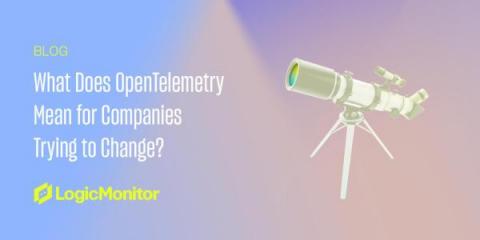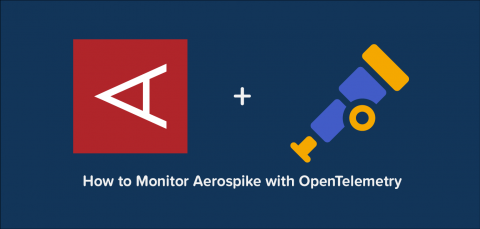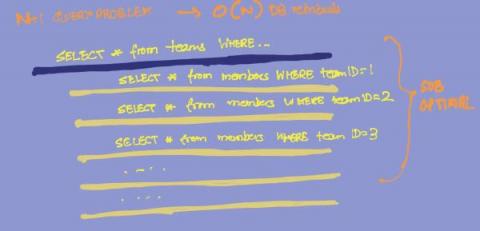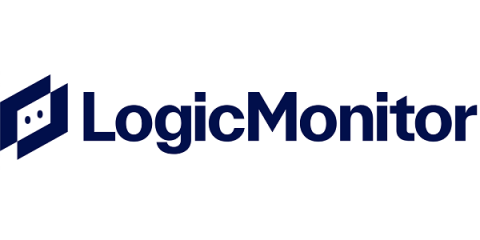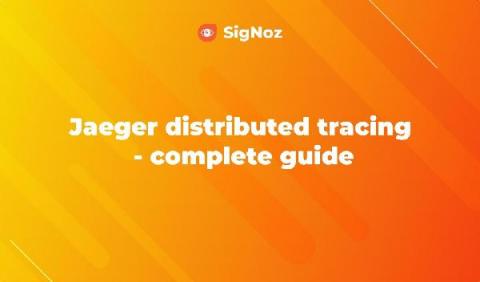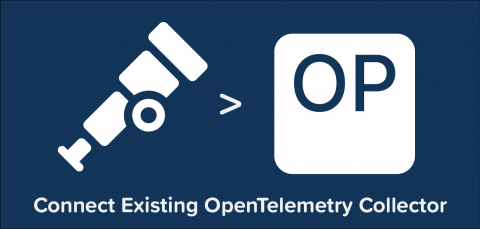What is Distributed Tracing vs OpenTelemetry?
There are a few key differences between distributed tracing and OpenTelemetry. One is that OpenTelemetry offers a more unified approach to instrumentation, while distributed tracing takes a more granular approach. This means that OpenTelemetry can be less time-consuming to set up, but it doesn’t necessarily offer as much visibility into your system as distributed tracing does.




